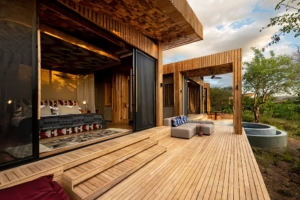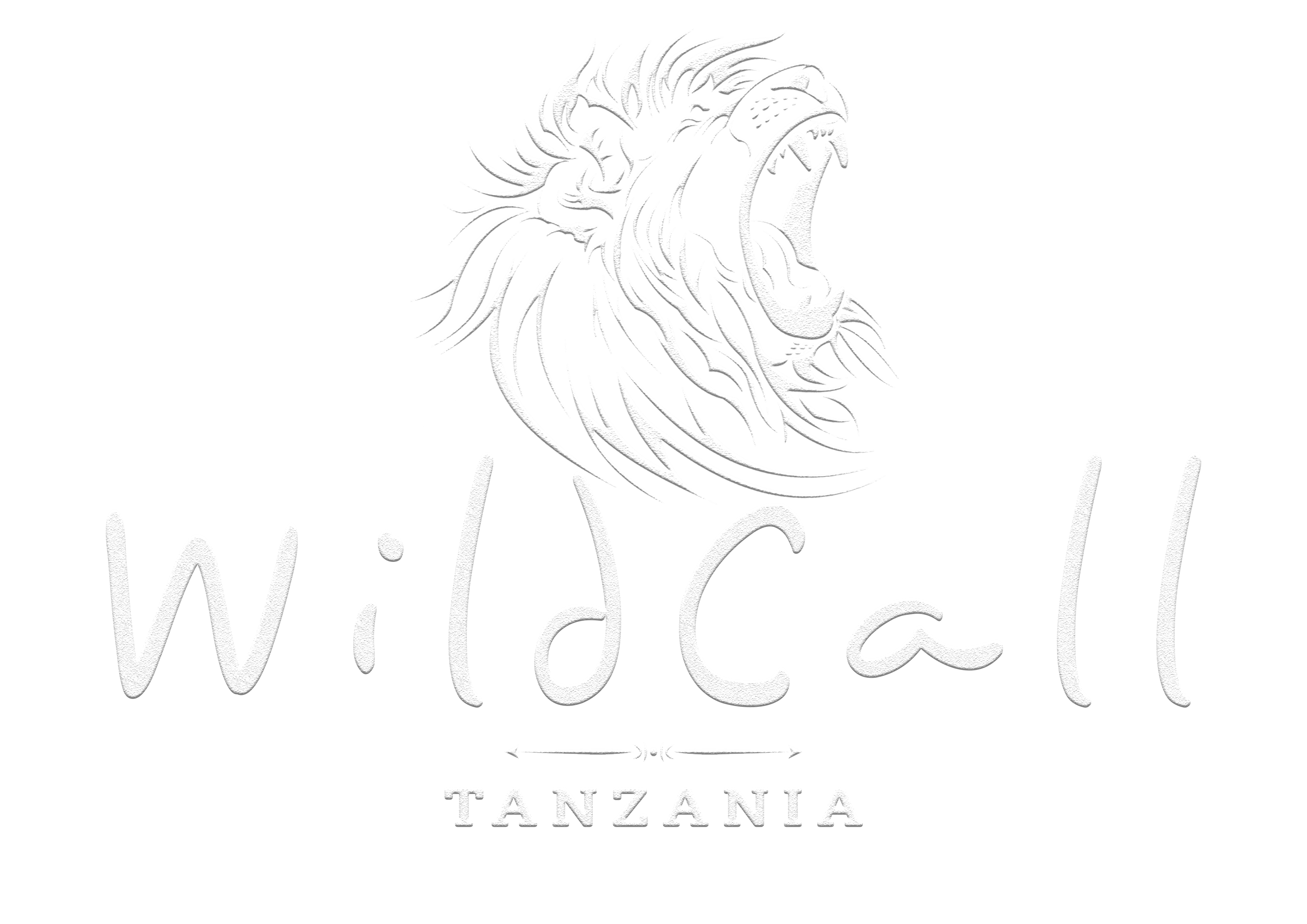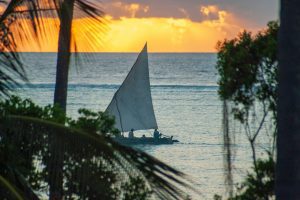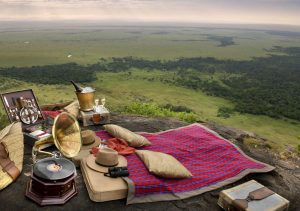Kilimanjaro FAQ
Your Essential Guide to Climbing Mount Kilimanjaro
What is Mount Kilimanjaro?
Mount Kilimanjaro is the highest peak in Africa, standing at 5,895 meters (19,341 feet). It is a free-standing mountain located in Tanzania and is one of the world’s most iconic trekking destinations.
How Difficult is it to Climb Kilimanjaro?
Climbing Kilimanjaro is a challenging endeavor but achievable for anyone with a reasonable level of fitness and determination. The trek involves long days of hiking at high altitudes, so proper acclimatization and physical preparation are key.
What Routes Can I Take to Climb Kilimanjaro?
There are several routes to choose from, each offering unique experiences:
- Machame Route: 7 days, known for its scenic beauty and excellent acclimatization.
- Lemosho Route: 8 days, similar to Machame but with an extra day for acclimatization.
- Rongai Route: 6 days, less crowded and more shaded, ideal during the rainy season.
- Northern Circuit Route: 9 days, the longest and most scenic route.
- Marangu Route: 6 days, known as the Coca-Cola route, featuring mountain huts.
What is the Best Time to Climb Kilimanjaro?
The best times to climb are from December to mid-March and mid-June to the end of October. These periods offer the warmest and driest weather, providing the best trekking conditions.
What Should I Pack for the Climb?
Essential items include:
- Clothing: Layered clothing to manage temperature changes, including thermal base layers, waterproof jackets, and warm hats and gloves.
- Footwear: Sturdy hiking boots, warm socks, and gaiters.
- Gear: A good quality backpack, sleeping bag, trekking poles, headlamp, and water bottles or hydration system.
- Health and Safety: First aid kit, sunscreen, sunglasses, and high-energy snacks.
How Do I Prepare Physically for the Climb?
Preparation should start several months in advance and include:
- Cardiovascular Training: Activities like running, cycling, and swimming to build endurance.
- Strength Training: Focus on legs and core muscles with exercises like squats, lunges, and planks.
- Hiking: Regular hikes with a weighted backpack to simulate conditions on the mountain.
What About Altitude Sickness?
Altitude sickness can affect anyone, regardless of fitness level. Symptoms include headaches, nausea, and fatigue. Proper acclimatization is crucial, which is why we recommend routes that allow gradual altitude gain and advise climbers to “climb high, sleep low.”
Do I Need Special Permits to Climb Kilimanjaro?
Yes, all climbers need a permit, which is included in our tour packages. The permit fees go towards maintaining the national park and ensuring the conservation of Kilimanjaro’s unique environment.
What Support Do You Provide During the Climb?
Our tours include:
- Experienced Guides: Professional and knowledgeable guides to lead you safely to the summit.
- Porters: To carry your gear and supplies.
- Meals and Accommodations: Nutritious meals and camping or hut accommodations as per the route chosen.
- Medical Support: Basic first aid and emergency oxygen.
How Can I Book a Kilimanjaro Trek?
Booking is easy! Contact us through our website or email our Kilimanjaro trekking experts. We offer both private and open group tours, allowing you to choose the best option for your adventure.
Still have questions?
Feel free to reach out to our team at Wild Call Tanzania Safaris. We are here to help you every step of the way as you prepare for your unforgettable journey to the top of Africa!
Related Posts
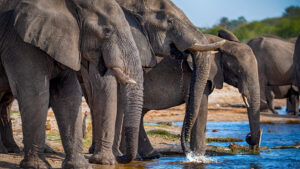
Luxury Tented Safari Camp In Tanzania’s Ngorongoro
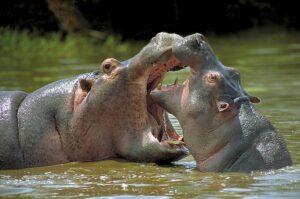
Top Luxury Tanzania Safari Tours, Trips, and Adventures
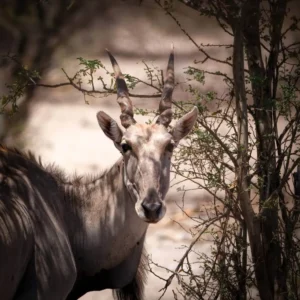
675 Premium Tanzania Luxury Safaris (Offered by 156 Tour Operators)
